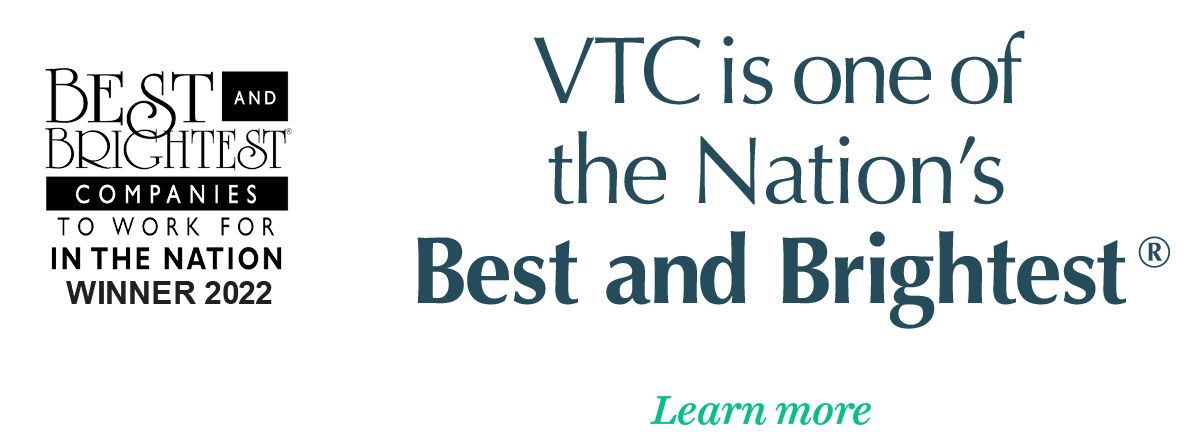
Workers’ Compensation Insights
The Building Blocks of a Safe Workspace
The value of a comprehensive safety culture cannot be overstated when it comes to reducing workplace illnesses and injuries, and their associated costs. But creating such a culture is not an overnight process or “flavor of the month” program. Instead, it is a multi-year, top-management commitment that results in an organization with low accident rates, low turnover, low absenteeism and high productivity. This is a big-picture, long-term project.
A robust safety culture has the following characteristics:
- At the highest organizational level, there is a well-articulated commitment to safety. This translates into organization-wide values, beliefs, and behavioral norms.
- Employees’ base compensation ties directly to their commitment to the safety culture. This commitment is assessed in regular performance reviews.
- Safety takes precedence over everything else, even production and efficiency. Employees who err on the side of safety should be rewarded, even if a later review suggests that the additional safety measures or concerns were unnecessary.
- Communication about safety occurs across all levels of the organization in a consistently open, unedited, and honest manner. If problems or errors are identified, they are eagerly communicated, recorded, and analyzed without anyone being “persecuted.”
- Unsafe acts—the main cause of accidents—are rare.
- Employees continuously learn and identify opportunities for process improvements that will decrease the likelihood of an accident.
The following sections explore in more detail some of the key components of a successful safety culture.
Benchmarking
It is difficult to just guess the quality of your safety culture. Therefore, it is important to benchmark where you are now, both in subjective terms and in objective, analytical measurements. By combining an analytical tracking system with a periodic, subjective culture survey, you can better understand the impact your efforts to improve the safety culture are having over time.
Hiring to Avoid Workplace Injuries
Due to preexisting medical conditions or limitations, some potential job candidates may be more prone to workplace injury.
It is a common misconception that the Americans with Disabilities Act (ADA) prevents you from asking any medical questions during the hiring process. However, according to the Department of Labor, there are actually three stages of employment: pre-employment, post-offer, but pre-placement (after the conditional offer of employment) and finally, employment. During the first and third stages, it is true that you cannot ask any medical questions. However, during the second phase (after a conditional offer of employment is extended) you can ask the applicant to fill out a medical questionnaire and/or take a medical exam. If, in medical opinion, the applicant is unfit for the job, you can withdraw the offer. It’s that simple. These are two key processes to implement:
1) The Conditional Offer of Employment
The ADA says that employers cannot require a job applicant to provide medical information or undergo a medical exam until a conditional offer of employment is made. When a conditional offer is made you are essentially hiring the candidate. The only way an offer may be withdrawn prior to the effective date of employment is if, in medical opinion, the candidate will be unable to perform the job duties safely with reasonable accommodations.
2) The Medical Questionnaire/Exam
After you extend a conditional offer of employment, it is time to perform a medical screening of the candidate. If information emerges from the screening that indicates that the candidate will not be able to perform the job duties safely even with reasonable accommodations, then and only then can you withdraw the offer of employment.
Stay Out of Trouble with OSHA
OSHA most often shows up at your workplace in response to an employee complaint or serious accident. The best way to be prepared is to be in compliance. Not only does OSHA compliance help ensure that safe work practices are being encouraged, it also helps you avoid costly fines. Fortunately, some of the most common OSHA violations are also the easiest to address.
Postings
OSHA requires that employers display certain posters and notices in the workplace. Not all employers need to post every notice—some apply only to very specific industries or situations—but you need to know which notices you are required to post and do so.
Recordkeeping
OSHA also requires certain employers to track workplace injuries and illnesses, and report them periodically.
HAZCOM
OSHA’s Hazard Communication Standard states that employees must be made aware of all chemicals used in their workplace, the hazards they present and instruction for safe handling. This is accomplished with labels, safety data sheets (SDS), and employee information and training.
In addition to the three key areas of frequent OSHA violations, there is an easy way for you to identify the top violations in your specific industry. OSHA provides a searchable database of the most frequent OSHA violations by company size and Standard Industrial Classification (SIC) code.
Promoting the Health of Your Workers
Beyond what it does for them in their personal lives, improving your employees’ health has two fundamental and practical benefits for the health of your business:
1) Increased productivity
It is a simple fact that employees in good health are much more likely to be performing at optimal levels than employees in poor health.
2) Reduced health care costs
Employees with poor health use more health care resources and generate more claim costs than their healthy peers. Overall, you can expect to save about $3.50 in health care costs for every dollar you invest in effective health promotion.
As an employer, you bear many of the direct costs (such as medical claims) and the indirect costs (such as absenteeism and lowered productivity) of diseases, disorders and conditions that afflict your employees.
Research shows that you can avoid or reduce many of these costs by providing early behavioral and/or clinical interventions for your employees. Clinical preventive services include screenings and immunizations, as well as follow-up care. Behavioral interventions can include counseling and health promotion programs such as smoking cessation, weight management and physical activity initiatives.
We Can Help Make Your Workplace Safer
Creating a culture of safety takes time—not to mention a lot of effort. But you don’t have to go it alone. The safety and risk management experts at VTC Insurance Group are at the ready with knowledge and guidance designed to help you create a safer, more productive workplace. To contact a VTC agent near you, call 248.828.3377 or visit vtcins.com.
This Workers’ Compensation Insights blog is for informational purposes only and is not intended as legal advice.


